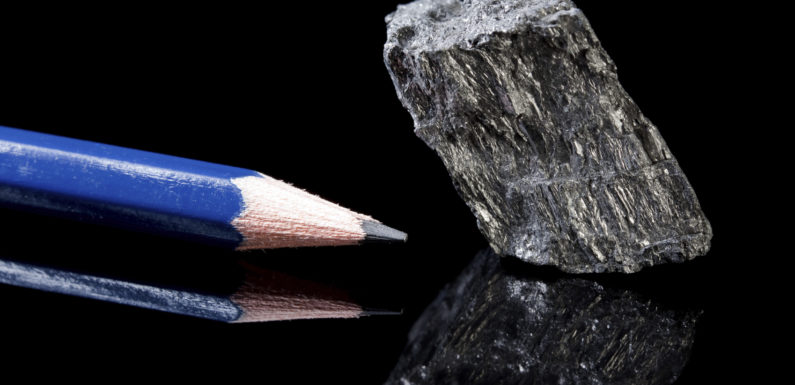
Graphite refers to the most stable form of carbon under standard conditions. The natural graphite segment in the report includes amorphous graphite, flake graphite, and lump graphite. Graphite can be used in various applications including foundary, electrode, lubricant, and battery. The ‘Others’ category under application in the report includes recarburising, friction products, and graphite shapes. Graphite is an excellent conductor of heat and electricity and is also a very good lubricant. Graphite is very slippery and is one of the softest minerals on Earth. It is used in automotive industry, aerospace, batteries, and refractory. Graphite mostly occurs in high-grade metamorphic rocks that are found in abundance in the Earth’s crust across regions, including the U.S. (New York and Texas), Russia, Canada, Mexico, India, and China. Asia-Pacific has the largest market share for graphite, followed by Europe and North America.
Graphene is a monolayer of graphite that consist pure carbon. It is made up of a one-atom thick sheet of carbon atoms arranged in a hexagonal crystal lattice. Graphene is flexible, transparent, and is the thinnest material known to man. It is 200 times stronger than structural steel and made from graphite. Commercialization of graphene is in its initial stage. Graphene has the potential to revolutionize future technologies and impact various industries including conductor, electronics, battery, and energy generation industries. Thus, commercial acceptance of graphene is expected to create huge growth opportunities for the graphite market.
Geographically, China is the largest consumer of graphite and also the largest producer of it. The Asia-Pacific graphite market is expected to grow at the fastest rate globally and maintain its dominance in the market during the forecast period; whereas, Europe is expected to show marginal growth. The high growth in Asia-Pacific is mainly due to increasing demand from the steel and automotive industries in the emerging markets of China, and India

